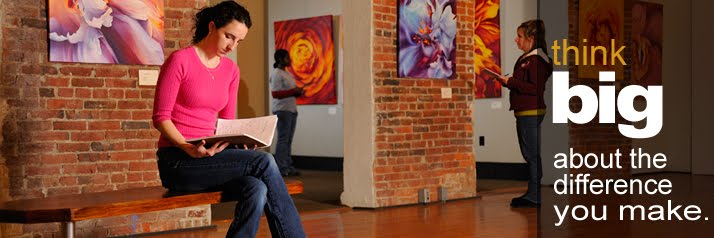In the first weeks of class, it is important to assess how the class is going from the student perspective. This can be done simply through classroom assessment techniques (Cross & Angelo, 1988), in which the instructor asks for student feedback on a specific or general topic. Not only does assessment help instructors to see the course from another perspective, but also a good assessment can act as a powerful tool for learning. In addition, they let students know that instructors care about their opinions. Some common assessment techniques used by instructors in the classroom are as follows:
Ø Punctured lectures. Some instructors use punctured lectures (Cross & Angelo, 1988), pausing after ten minutes and asking students to take a minute or two to write down one important idea or fact presented in that part of the lecture. Students then volunteer to share their responses. It is not uncommon to find that they missed the most important points in the lecture and that a reinforcement of those points is needed. This exercise also turns what could be a passive activity into an active learning one.
Ø The one-minute paper. Cross and Angelo (1988) suggest ending class periods by having each student do a one-minute paper, consisting of two questions: What is the most significant thing you learned in this session? What is the most significant question you have about today’s lesson? Anonymous responses encourage candor.
Ø Word associations. Some instructors ask students to write (anonymously) the adjectives that best describe how they feel about the week’s in-class activities or homework assignments. Of course, when we undertake an exercise like this, we might elicit words such as interested and excited; we could also get works like bored or confused. However risky this might be from our perspective, it is helpful to know what students are thinking. In addition, this kind of assessment forces students to name their feelings and take ownership of them.
Ø Index-card feedback. Other instructors take a similar approach using index cards. At the end of class, each student is asked anonymously: What was the most important thing you learned in this class? What did we discuss that you do not understand. What activities would help you to learn this subject? At the beginning of the next class, the instructor shares the results of the previous week’s index card assessment and makes adjustments as appropriate.
Ø Reflective opportunities. Besides asking students to give feedback on the class or what they know from a lecture, instructors also can ask student to reflect on their learning process. For example, many instructors follow a small-group activity with a short assessment asking students to reflect on their contributions to the group. Instructors can connect assessment to their assignments or exams by asking students to reflect on what was most challenging or rewarding about the assignment, what they would do differently if they had a the chance, and what lesson(s) they might draw from completing such an assignment. Instructors might also finish an assignment or activity by asking student to choose an image that represents some aspect of the topic that is most meaningful to them.
Classroom assessment techniques can be powerful ways to improve learning and performance, regardless of whether the feedback comes from instructors or from students. We all need feedback if we are to be most effective in our teaching and learning. Assessment techniques can be built into the flow of regular activities, and they can enliven and energize the course. Whichever of these techniques we use, assessment should not be graded. Students must feel free to respond spontaneously and honestly. The reason for dong the assessment should be explained to students and it should clear how the information gained could benefit all.
To discuss a variety of classroom assessment techniques and to see how they can support faculty teaching strategies, please stop by the Center for Teaching and Learning, located in College Hall, Room 304, and West Campus, Room 234.
Best Regards,
Claire
